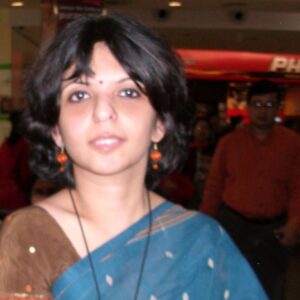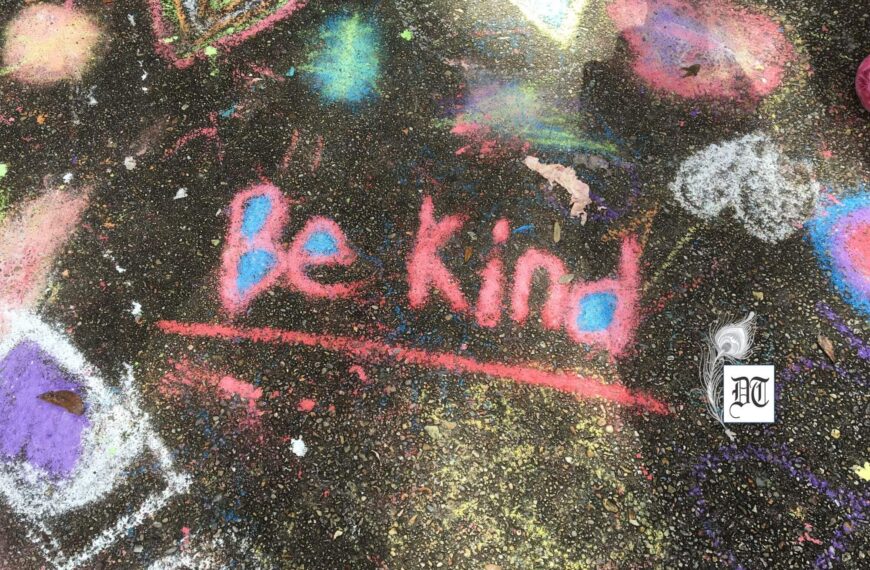Kolkata-based Rita, who works with the elders, tells us about a geriatric problem, osteoporosis. Here’s part one of her write-up. Read more in the weekly column, exclusively in Different Truths.
What Is Osteoporosis?
Osteoporosis means “porous bones.” Our bones are strongest at about age 30, then begin to lose density. More than 25 million Indians have osteoporosis, which means they have suffered a substantial bone loss that increases the risk of fracture. About half of women 50 and older will have an osteoporosis-related fracture in their lifetime.
Symptoms of Osteoporosis
You might not even realise you have osteoporosis until you have a fracture or an obvious change in posture. In fact, you could have a significant bone loss without even knowing it. Back pain, caused by changes in the vertebrae, may be the first sign that something is wrong.
Osteoporosis and Fractures
Osteoporosis is the underlying cause of a large number of fractures that happen every day. Spinal compression fractures are the most common – tiny fractures that can cause the vertebrae to collapse and alter the shape of the spine. Hip fractures can cause lasting mobility problems and even increase the risk of death. Wrist, pelvic, and other fractures are also common in people with osteoporosis.
What Causes Osteoporosis?
Our bones are constantly being rebuilt throughout our lifetime. Bones are made up of collagen, a protein that provides the basic framework, and calcium phosphate, a mineral that hardens the bone. As we age, we lose more bone than we replace.
As a part of the ageing processes, both men and women lose their bone density by 0.3 per cent to 0.5 per cent after the age of 35 years. In women, estrogen is important to maintain bone density. When estrogen levels drop after menopause, the loss of bone density accelerates. Deficiency of calcium and vitamin D can aggravate osteoporosis, though it is not the main and only cause.
Does Everyone get Osteoporosis?
Bone loss is a natural part of aging, but not everyone will lose enough bone density to develop osteoporosis. However, the older you are, the greater your chance of having osteoporosis. Women’s bones are generally thinner than men’s and bone density has a rapid decline for a time after menopause, so it’s not surprising that more than 80 per cent of Indians with osteoporosis are women.
Risk factors for osteoporosis:
- Smoking
- Alcohol consumption.
- Poor nutrition and a diet low in calcium and vitamin D
- Low estrogen levels
- Chemotherapy that can cause early menopause due to its toxic effects on the ovaries
- Menstruation and intense exercise and anorexia is also a factor
- Rheumatoid arthritis or liver diseases
- Immobility after a stroke
- Hyperthyroidism or the problem of excessive sweating
- Long-term use of anti-seizure medications and long-term use of oral steroids.
Risk Factors You Can’t Control
Women who are thin and have a small frame are more likely to develop osteoporosis. Heredity plays a role, and so does ethnicity. It is more common among whites and Asians, though African-Americans and Hispanics may still be at risk. Some conditions, such as Type 1 diabetes, rheumatoid arthritis, inflammatory bowel disease, and hormonal disorders are also linked to bone loss.
Risk Factors You Can Control
Smoking, an inactive lifestyle, and a diet low in calcium and vitamin D place you at greater risk for osteoporosis. Excess drinking is linked to bone loss and a risk of fractures. Corticosteroids, anti-inflammatory drugs used to treat asthma and other conditions, increase your risk of bone loss. Eating disorders (anorexia nervosa or bulimia) can also take a toll on bone health.
Do Men Get Osteoporosis?
Osteoporosis is much more common in women, but men are at risk, too. In fact, about 25 per cent of men over 50 will have an osteoporosis-related fracture. Osteoporosis may be under-diagnosed in men because it is often considered a “woman’s disease” and men may not be tested.
DXA Bone Density Scan
Your doctor may recommend a bone mineral density test if:
- You’re over 50 and have broken a bone
- You are a woman over 65, or a man over 70
- You are in menopause or past menopause and have risk factors
- You are a man age 50-69 with risk factors
DXA (dual X-ray absorptiometry) uses low-dose X-rays to measure bone density in the hip and spine. The test takes less than 15 minutes.
Testing compares your bone mineral density (BMD) with that of a healthy 30-year-old since that’s when bone mass is at its peak. The results come as a T-score in these ranges:
- -1.0 and higher is normal bone density
- Between -1.0 and -2.5 shows low bone density (osteopenia) but not osteoporosis
- -2.5 or below indicates osteoporosis
As your bone density decreases, your T-score gets lower. It’s important to get a routine bone density checkup after the age of 35 to understand your osteoporosis risk and identify the early onset of osteoporosis.
Osteoporosis Prevention:
The age old adage that prevention is better than cure holds 100 per cent in the case of osteoporosis. In fact, the only way to prevent osteoporosis is to start working with your bones when they are still young. Do not let the bone loss to set in early by faulty practices.
- Eat a calcium-rich diet
- Ensure adequate exposure to the sun for vitamin D
- Get a routine bone density checkup after the age of 35
- Exercise to strengthen the bones
- Quit smoking and alcohol
At Arogya HomeCare (www.arogyahomecare.in), our trained care managers not only monitor your parents’ bone health, but they also accompany them for visits to orthopedic specialists, ensuring your parents’ bone health is regularly monitored and treated in a timely manner even if you are out of town.
Source: www.webmd.com
http://www.indiatimes.com/health/healthyliving/
[To be continued]
©Rita Bhattacharjee
Photos from the Net.
#Osteoporosis #BoneDensity #CausesOfOsteoporosis #RemediesOfAosteoporosis #RiskFactorsOfOsteoporosis #Healthyliving #BoneHealth #OldAgeAndBones #DifferentTruths









 By
By


 By
By